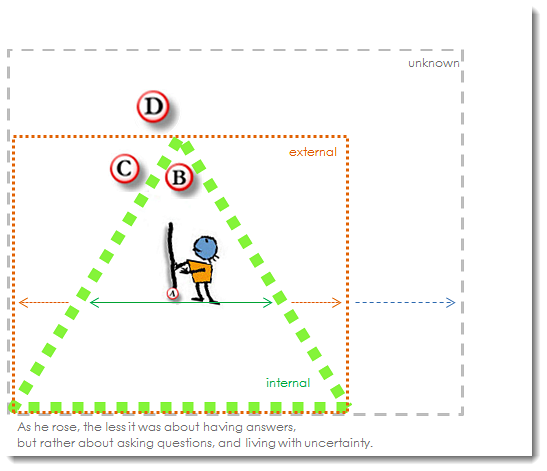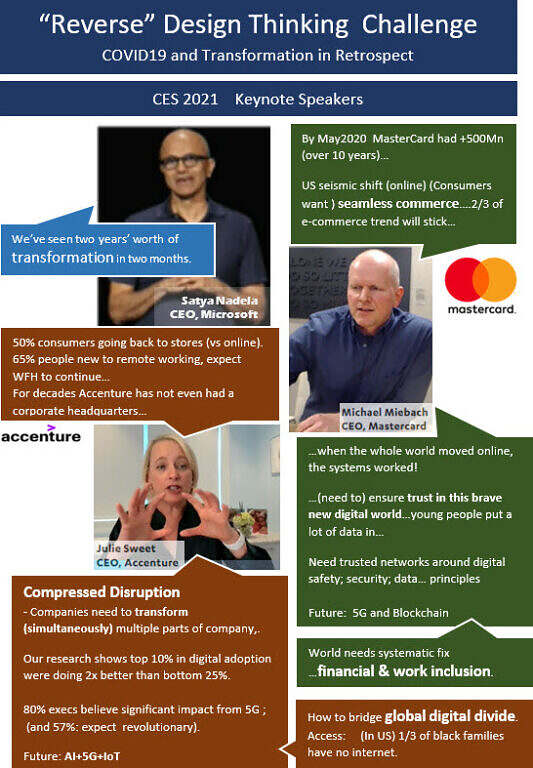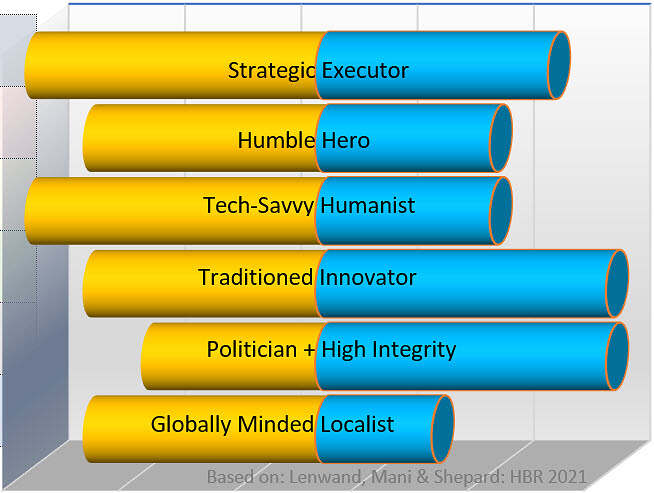“But People Are Constructs!” (Part 2 of 8)
Originally published in LinkedIn 2019AUG13
Part 2/8 of – Transformation Flows, Flaws, and Fail
- “Culture Change” is a tough sell: each word by itself is complex, opaque, and loaded.
- Your audience thinks everyone else is the problem, and he’s teed off that you think he’s the problem.
- Go on, say it: Organizational and management theories fundamentally trace to the military and industrial models for stasis – command, control, linearity, and predictability:
- Those Constructs, over time, have accumulated and hardened into opaque Containers of definitions and expectations no one questions.
“Digitizing the operations?” Rex says. ” All in. We couldn’t have gone global otherwise, no question. The ‘transformation‘ part – I do intuit most of it.
“Scaling to a global market, we figured, meant scaling up to the 24/7/365 stream.” Rex seems to fade into his thoughts.
“That stream part, though…? Oh, we didn’t miscalculate it. We totally misunderstood it. As you once said, C – ‘What we don’t know, we can’t measure’.
” ‘What can be measured, is already known,’ was what I said actually. But you do get it, Rex.” He was referring to a paradox in innovation project management we discussed at another dinner. I was riffing on how people say ‘What’s measured is what gets done’ and require two-year financial roadmaps of disruptive innovations.
“Well,” adds Bledge, “I’d take some comfort in how even the project management gurus ignored their own prophet Koskela. For two decades – until they realized the world was marching on to agile without them. Tribes leaving the reservation.”
“I know it is cultural,” Rex mulls. “My very physical world – we build to specs. Specs define design. ‘Design’ is a layout – not a marketing process.
“Now, this fast-prototyping as quick bursts? ‘Ready-fire-aim’? Well, what little hunting I did was with my grandfather’s single-shot squirrel gun. And can you really picture weekly revisions and updates of steel girders? Some bridge builders might not take to that right quickly, son.” Rex adds wryly.
“Agility as a culture? When an agile team enters the room, my portfolio project folks’ toes curl – complaining how grownups have outcomes to deliver, they’re waiting on kids having too much fun exploring.
“But honestly, it’s not Transformation I struggle with, guys, but how to operationalize it. C, you’ve turned around innovation and development programs at the biggest tech companies. Yet you’re candid it’s a struggle. The Chains of Change. “
Bledge says, “Actually, Dr. C said ‘Change Economics’. And you’re right, it is a chain. Innovation is about the new; and new is about change. But people resist change, unless it’s too costly not to change – as behavioral economists point out.”
“I have teenagers,” Rex retorts, “I know better than think I can change people.”
“A corollary,” I add, “The urge to change, disappears with the pain that drives it. Conservation of energy is still a law.”
“Even in New Jersey,” quips Bledge. “Plus, most Change Initiatives die as initiatives- why they’re called initiatives. Thank the FDA for honest labeling.”
“Back to my question on operationalizing transformation, guys. What has worked? Any hard nuggets you keep in your pocket?
“Sure,” I say, “Though they feel like they’re in my shoes. Then, there’s this one really tough nut – I’ll keep that for dessert, and a laugh on myself.
“Let me take a restroom break. But here’s something to nosh on: We engineer to the smallest tolerances possible, for Perfection as homeostasis. And if that sounds like a terminal disease, it is terminal. But see Perfection in moments – as homeorheses – and we’d see processes not as structures, but as flows.
“Flying, as pilots say, is a series of decisions as corrections of the last decision. Like nature. “
“Or riding a bike,” Bledge adds.









